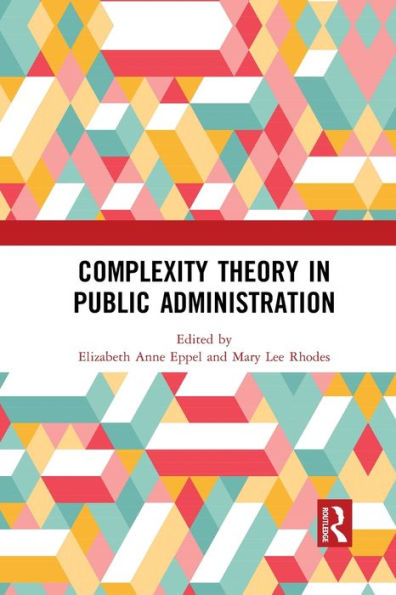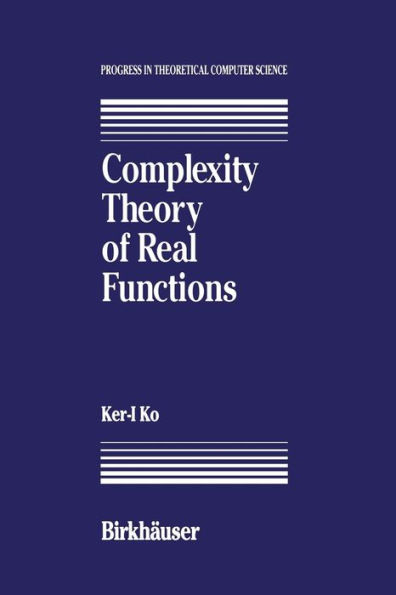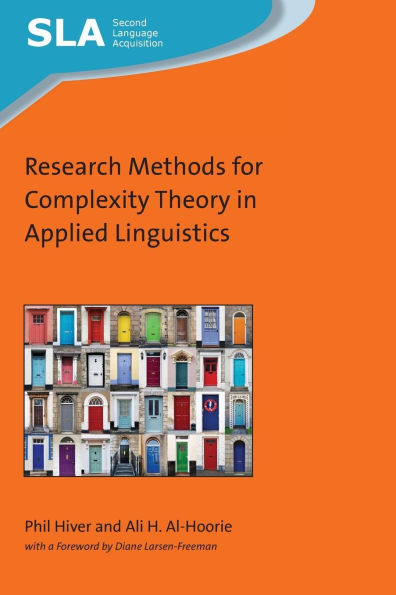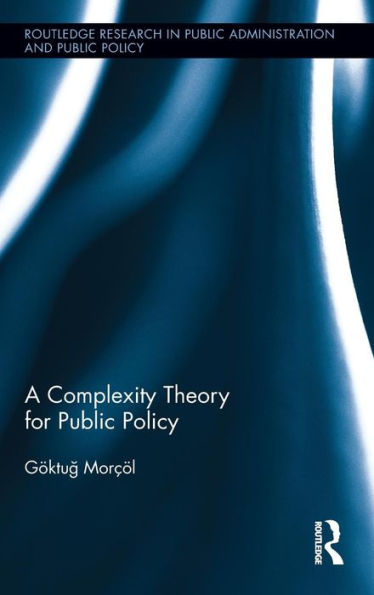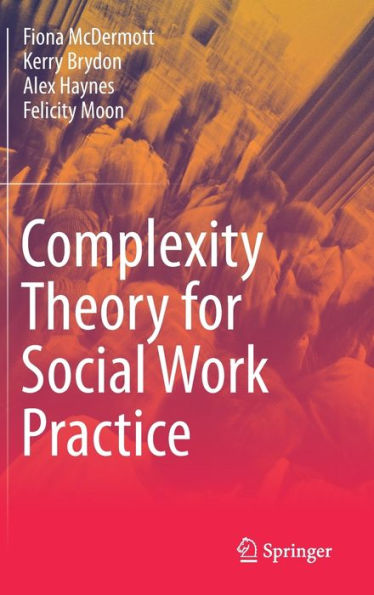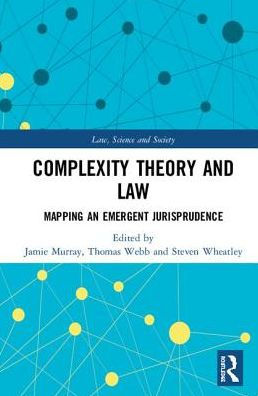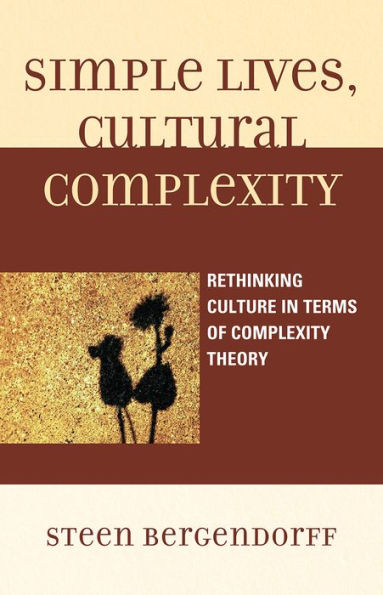Home
Simply Complexity: A Clear Guide to Complexity Theory
Barnes and Noble
Simply Complexity: A Clear Guide to Complexity Theory
Current price: $17.95
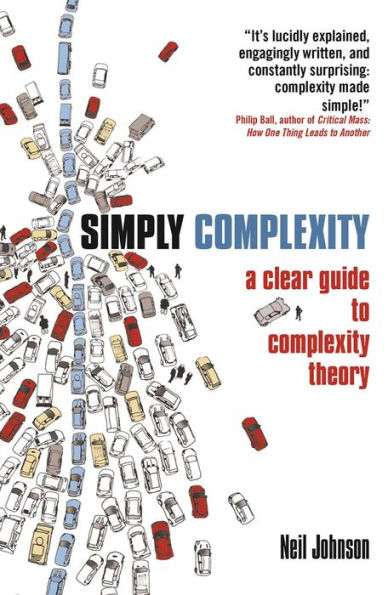

Barnes and Noble
Simply Complexity: A Clear Guide to Complexity Theory
Current price: $17.95
Size: Paperback
Loading Inventory...
*Product information may vary - to confirm product availability, pricing, shipping and return information please contact Barnes and Noble
The new branch of science which will reveal how to avoid the rush hour, overcome cancer, and find the perfect date
What do traffic jams, stock market crashes, and wars have in common? They are all explained using complexity, an unsolved puzzle that many researchers believe is the key to predicting - and ultimately solving - everything from terrorist attacks and pandemic viruses right down to rush hour traffic congestion. Complexity is considered by many to be the single most important scientific development since general relativity and promises to make sense of no less than the very heart of the Universe. Using it, scientists can find order emerging from seemingly random interactions of all kinds, from something as simple as flipping coins through to more challenging problems such as predicting shopping habits, the patterns in modern jazz, and the growth of cancer tumours.
What do traffic jams, stock market crashes, and wars have in common? They are all explained using complexity, an unsolved puzzle that many researchers believe is the key to predicting - and ultimately solving - everything from terrorist attacks and pandemic viruses right down to rush hour traffic congestion. Complexity is considered by many to be the single most important scientific development since general relativity and promises to make sense of no less than the very heart of the Universe. Using it, scientists can find order emerging from seemingly random interactions of all kinds, from something as simple as flipping coins through to more challenging problems such as predicting shopping habits, the patterns in modern jazz, and the growth of cancer tumours.


